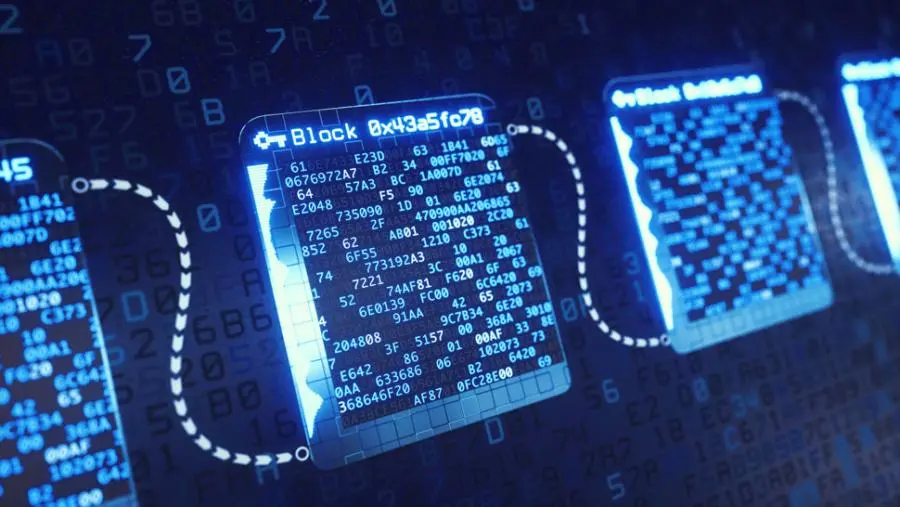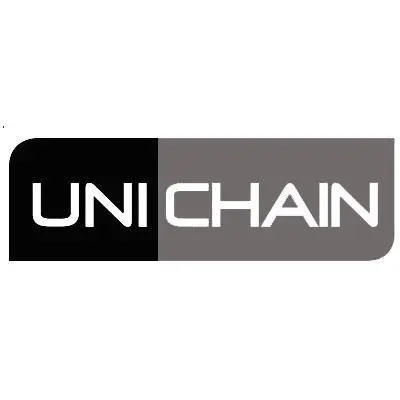IOBC Capital: Looking at the Decentralization of MEV from FlashBots
Author: IOBC Capital
MEV (Miner / Maximum Extractable Value) refers to the potential value that miners or validators can extract from blockchain transactions, generated by the profit from transaction ordering and packaging choices. The sources of MEV include Front Running, Back Running, Sandwich Attacks, etc. For more on the concept of MEV, you can read "An Analysis of the Current Status and Trends of MEV."
Flashbots has launched a series of solutions regarding MEV, aiming to establish a fair, transparent, and secure trading environment. This article will review Flashbots' efforts towards the decentralization of MEV.
Flashbots Auction------Decentralization of Miners
In the PoW era, the main participants in MEV included searchers and miners, where miners held the mining rights and had privileges in transaction ordering, front-running, and tampering, thus capturing a large share of the profits. At the same time, searchers were willing to pay high Gas fees to ensure their transactions were included in blocks; in some cases, searchers might offer 90% or more of the MEV as a reward to miners.
Clearly, this privileged position poses a threat to transaction privacy and security, leading to negative externalities such as network congestion and Gas competition.
Flashbots Auction provides a private communication channel between Ethereum users and miners, negotiating the execution order and price of transactions in a transparent and fair manner.
- Submit Auction: Searchers package transactions into Bundles and submit them to the Flashbots auction system, specifying a minimum price to showcase the potential value of the transactions;
- Miner Bidding: Miners bid on the Bundles of interest in the auction system, specifying their acceptable minimum price;
- Block Construction: Miners select one or more of the highest-bidding Bundles from the auction system to include in the block;
- Settlement and Execution: The transactions and Bundles included in the block will be executed according to the order and price agreed upon in the auction.
Through Flashbots Auction, searchers no longer need to ensure their transactions are prioritized through Gas Wars, nor do they have to pay fees for failed transactions, making MEV distribution fairer and more reasonable, significantly enhancing the security and execution efficiency of the Ethereum network.
MEV-Boost------Decentralization of Validators
In the PoS era, PoW miners are replaced by validators (who can become validators by staking 32 ETH on the beacon chain and running an Ethereum client). In each Epoch, a validator is randomly selected as the proposer to package transactions and submit them to the Ethereum mainnet.
Flashbots Auction has introduced MEV-Boost, which brings in a new role—Builder, responsible for constructing blocks. By separating proposers and builders through PBS (Proposer-Builder Separation), it promotes competition among validators, decentralization, and censorship resistance. At the same time, validators accessing MEV-Boost lower the threshold for finding the most profitable transactions, significantly increasing staking rewards.

Image source: Flashbots
Searchers find transactions with arbitrage opportunities through channels like mempool, package them with their own transactions into bundles, and send them to block builders;
Builders attempt to select the most profitable bundles to package into blocks and send them to Relay;
Relay essentially hosts the blocks packaged by builders for validators, forwarding the block headers to MEV-Boost. Validators sign the block headers to lock in their commitment to the packaged blocks, after which Relay forwards the complete blocks to the validators;
Validators sign the commitment to become block proposers, responsible for proposing blocks to the network and adding them to the chain.
Suave------Decentralization of Builders
Although MEV-Boost brings various benefits, it also faces the issue of builder centralization, as a few builders currently dominate most block construction.
The reasons for builder centralization are mainly twofold:
- EOF (Exclusive Order Flow), for example, builders establish partnerships with wallets, Dapps, etc., by modifying user default RPCs to obtain exclusive order flows;
- Cross-domain MEV, where cross-domain builders capture multi-chain transactions, leading to greater centralization of the entire blockchain network.
To address this, Flashbots has launched Suave, a highly specialized plug-and-play independent network that separates the mempool and builders from existing chains, allowing multiple chains to share the same ordering layer to ensure decentralization.

Image source: Flashbots
Suave's architecture is composed around user transaction preferences, including preference expression, execution, and settlement.
General preference expression: In Suave's mempool, all EVM chain users' transactions are displayed openly and transparently. Users can express their transaction preferences when initiating transactions;
Optimal execution market: Executors listen to transactions in the mempool, competing to propose the best execution prices, and they will return part of the MEV to users;
Decentralized block construction: Going beyond individual block builders, forming a decentralized block construction network where networks share order flows and Bundles, collaborating to complete block construction without leaking specific transaction details; since builders can package MEV generated from multiple chains, this also allows builders and validators to earn higher MEV income.
Decentralization of Relay
Currently, the centralization issue of Relay in the MEV-Boost ecosystem does not have a complete solution, while Relay plays a trusted role in the entire MEV chain. Flashbots, as one of the largest Relay operators in the market, provides free usage to validators, which leads to a lack of motivation for new Relay operators to enter the market.
The current high concentration of Relay may cause issues such as single points of failure and transaction censorship. Some Relays may collude with Builders, prioritizing the forwarding of blocks from cooperating Builders while refusing or delaying the processing of certain normal transactions, thus affecting full market competition.
If leading Relay operators like Flashbots continue to provide subsidies, it will be difficult for Relay to form a market scale to promote decentralization.
It is worth noting that Flashbots is no longer the largest Relay provider. Ultra Sound is an optimistic Relay that is permissionless, neutral, and censorship-resistant. We are pleased to see an increase in Relay diversity, which is certainly aided by Flashbots' open-source support for new Relays like Ultra Sound and Agnostic Gnosis.
The Relay of the project Bloxroute, which IOBC has invested in, has also integrated with Flashbots to forward transactions to MEV-Boost. The Bloxroute BDN network has Relays distributed globally, so using Bloxroute Relay increases success rates and speeds. In 2022, Bloxroute partnered with Flashbots' white hat team, allowing Flashbots clients on the BNB Chain to use Bloxroute BDN for a fast and reliable trading experience.

Image source: mevboost.pic
Where is MEV "Rolling" Towards?
Mempool: Profitable orders are the starting point of MEV. This group of entrepreneurs mainly focuses on rolling BD, seeking more wallets, Dapps, etc., to connect to their RPCs to protect transaction privacy and obtain exclusive order flows. Some projects also return part of the MEV income to users at the protocol level, such as Flashbots' MEV-share.
Builder: This group of entrepreneurs mainly focuses on hardware and strategies, providing services securely and stably, which is a basic factor for a builder to be chosen, while strategies directly affect MEV profits; some entrepreneurs are also eyeing the cross-domain MEV pie, as the MEV value extractable from a single chain is limited.
Validator: The threshold for validators is continuously lowering, making it one of the best ways for retail investors to participate in MEV. Entrepreneurs targeting Validators mainly focus on the liquidity of staked ETH, which is the LSDfi track, and currently, the LSDfi track is quite crowded.
The future development of MEV still faces some challenges:
Cross-domain MEV. With the development of Layer 2, more and more transactions are flowing from Layer 1 to Layer 2. However, the block production and ordering of Rollups are handled by Sequencers, and MEV is exclusively extracted by Sequencers, becoming one of the important profit sources for Rollups. The emergence of shared sequencers may solve this problem.
MEV profit redistribution. Currently, most MEV is extracted by validators, and unfair interests among parties can lead to stronger malicious intentions.
Although the head effect in the MEV track is evident, it continues to attract more developers into the dark forest. In fact, there are still many aspects of MEV worth exploring in depth, such as the capture of MEV in modular blockchains, the impact of re-staking on the MEV supply chain, etc., and we look forward to better solutions emerging.









